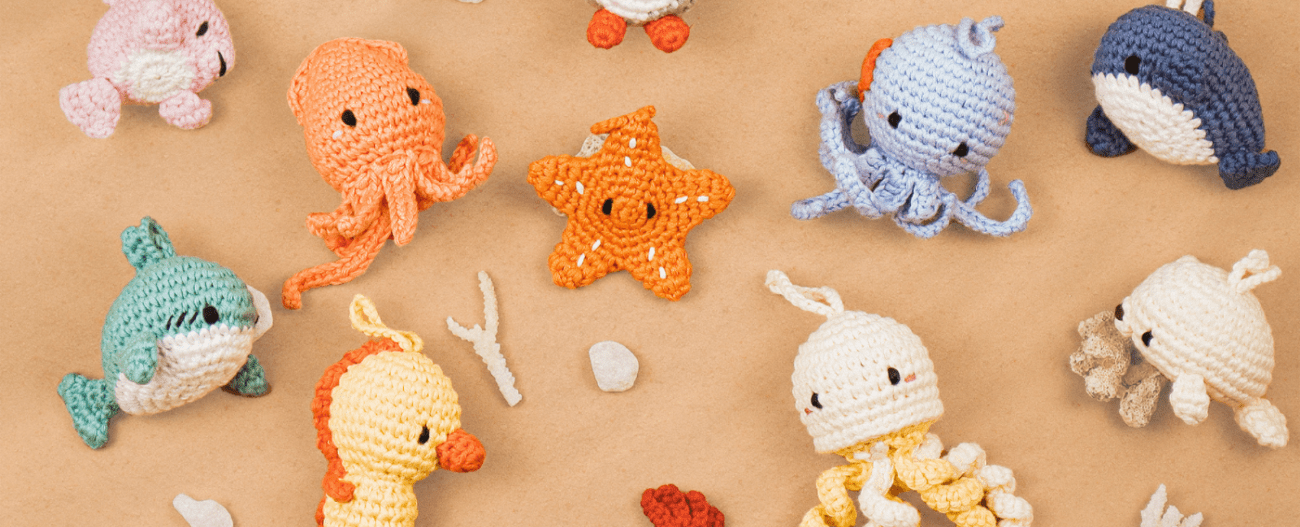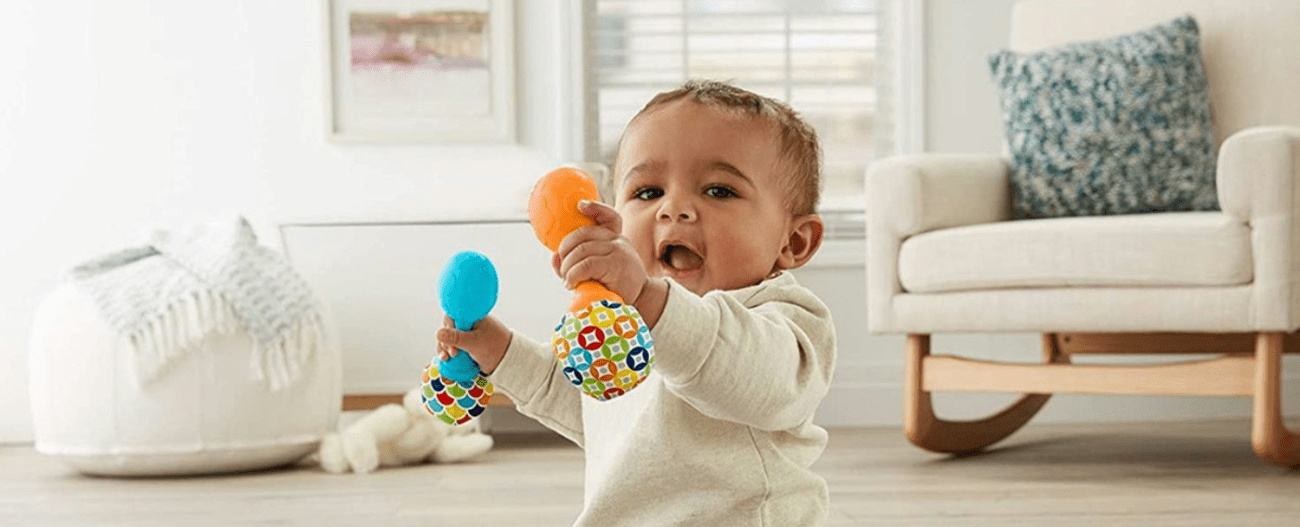Child safety is a top priority for every parent or guardian. As children grow and explore, their curiosity knows no bounds, making it crucial to create a safe environment within the home. From securing cabinets to teaching emergency procedures, there are numerous measures you can take to ensure your child’s safety. Let’s delve into the top 10 must-follow child safety tips for your home.
Why Child Safety at Home is Crucial
Ensuring child safety at home isn’t just about ticking off a checklist of precautions; it’s about creating a nurturing environment where your little ones can explore and grow without unnecessary risks. Home is where children spend the majority of their time, learning, playing, and forging memories. As parents or guardians, it’s our responsibility to make this environment as safe as possible.
Open Communication and Safety Rules
Communication is key to instilling good safety habits in children. From a young age, engage in conversations about household rules and safety guidelines. Make it a collaborative effort by explaining why certain precautions are necessary and how they contribute to keeping everyone safe.
Even the most childproofed home needs clear communication. Talk to your children about safety in a way they understand. Establish ground rules, like “no running in the house” or “always ask permission before opening the door.” Practice fire drills and make escape plans together. Empower your children with safety knowledge – it’s a lifelong gift.
10 Tips Eliminating Everyday Hazards
#1. Childproofing Your Home
Securing Cabinets and Drawers: Install childproof locks on cabinets and drawers to prevent access to sharp objects, cleaning supplies, and medications.
Installing Safety Gates: Use safety gates at the top and bottom of stairs to prevent falls. Choose gates that are securely mounted and cannot be easily dislodged by your child.
Covering Electrical Outlets: Place outlet covers on all electrical outlets to prevent your child from inserting objects or fingers, reducing the risk of electrocution.
#2. Safe Sleeping Environment
Choosing Safe Bedding: Opt for firm mattresses and avoid using soft bedding, such as pillows, blankets, or stuffed animals, which can pose suffocation hazards.
Setting Up Cribs Safely: Ensure that your child’s crib meets safety standards and is free from loose parts or sharp edges. Keep cribs away from windows, blinds, or cords to prevent strangulation.

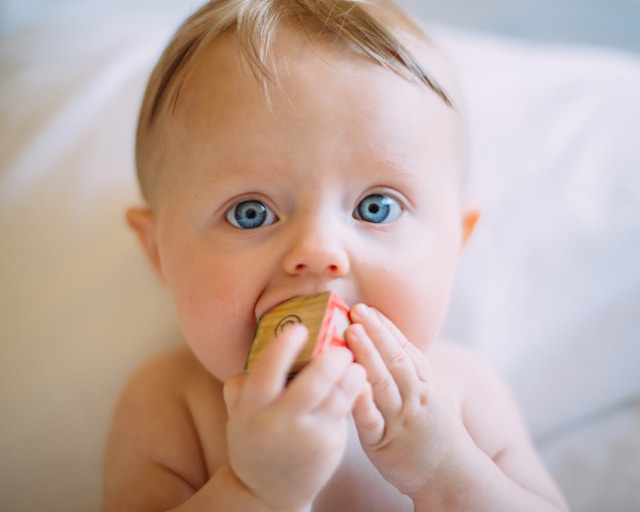
#3. Kitchen Safety
Storing Hazardous Items Out of Reach: Keep cleaning products, sharp utensils, and other hazardous items stored high or in locked cabinets to prevent accidental ingestion or injuries.
Using Stove Knob Covers: Install stove knob covers to prevent your child from turning on burners or causing accidents while cooking.
#4. Bathroom Safety
Preventing Drowning: Never leave your child unattended in the bathtub, and keep toilet lids closed to prevent drowning accidents.
Installing Non-Slip Mats: Place non-slip mats in the bathtub and shower to reduce the risk of slips and falls, especially when your child is bathing.
#5. Living Room Safety
Anchoring Furniture: Secure heavy furniture, such as bookcases and TVs, to the wall to prevent tip-overs that could injure your child.
Keeping Small Objects Away: Keep small objects, such as coins, batteries, or toys with small parts, out of reach to prevent choking hazards.
#6. Secure Windows and Doors
Installing Window Guards: Install window guards or safety locks to restrict how far windows can be opened, preventing falls from upper-level windows.
Using Door Locks: Use childproof locks on doors leading to dangerous areas, such as the garage or basement, to limit access.
#7. Fire Safety
Installing Smoke Alarms: Install smoke alarms on every level of your home and test them regularly to ensure they are functioning correctly.
Creating a Fire Escape Plan: Develop a fire escape plan with your family and practice it regularly. Teach your child how to safely escape in case of a fire.
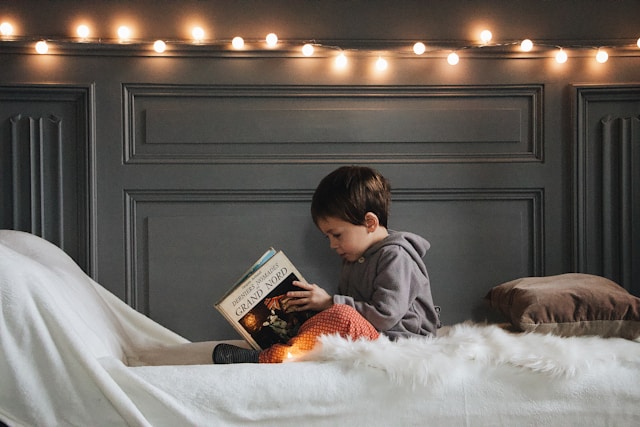
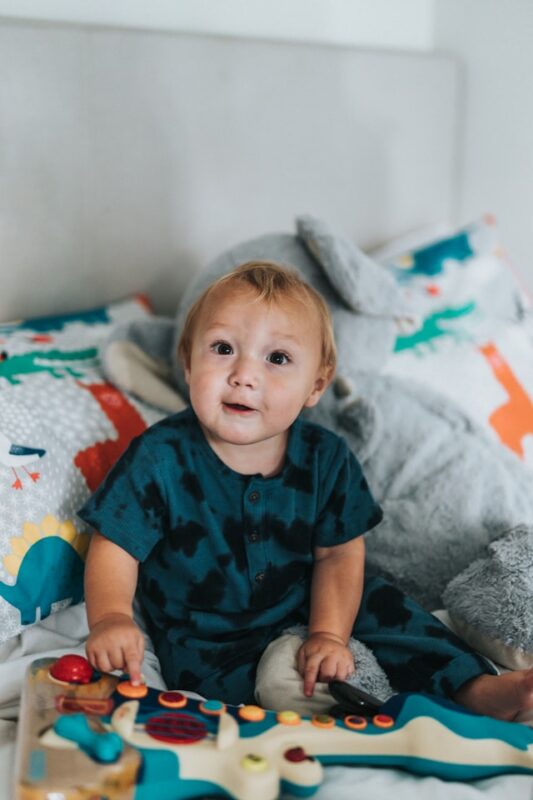
#8. Poison Prevention
Storing Toxic Substances Securely: Store cleaning products, medications, and other toxic substances in locked cabinets or high shelves out of your child’s reach.
Identifying Poisonous Plants: Be aware of any poisonous plants in your home or garden, and remove them or keep them out of reach of children.
#9. Secure Furniture and TVs
Mounting TVs Safely: Mount TVs securely to the wall or use safety straps to prevent them from toppling over if your child tries to climb on them.
Securing Furniture to Walls: Anchor heavy furniture, such as dressers and bookshelves, to the wall to prevent tip-overs.
#10. Emergency Preparedness
Teaching Children Emergency Procedures: Educate your child about calling 911, knowing their address, and basic first aid skills like applying pressure to stop bleeding.
Having First Aid Kits Ready: Keep first aid kits stocked and accessible in your home, car, and when traveling to handle minor injuries promptly.
Conclusion
Ensuring your child’s safety at home requires diligence and proactive measures. By implementing these 10 must-follow child safety tips, you can create a secure environment where your child can thrive without unnecessary risks.
FAQs
How can I teach my child about home safety?
Encourage open communication with your child about safety rules and hazards. Use age-appropriate language and scenarios to explain potential dangers and how to avoid them.
What are some common home safety hazards?
Common hazards include falls, burns, drowning, poisoning, and suffocation. Identifying and addressing these risks can help prevent accidents.
How often should I update my safety measures?
Regularly review and update your safety measures as your child grows and new hazards arise. Conduct safety checks at least twice a year to ensure everything is in good condition.
Are there any specific products I should use?
Choose safety products that meet recognized standards and are appropriate for your child’s age and development. Look for safety certifications and read reviews from other parents for recommendations.
What should I do if my child gets injured?
Stay calm and assess the severity of the injury. Administer first aid as needed and seek medical attention if the injury is serious. Follow up with your child’s pediatrician for any further treatment or guidance.







